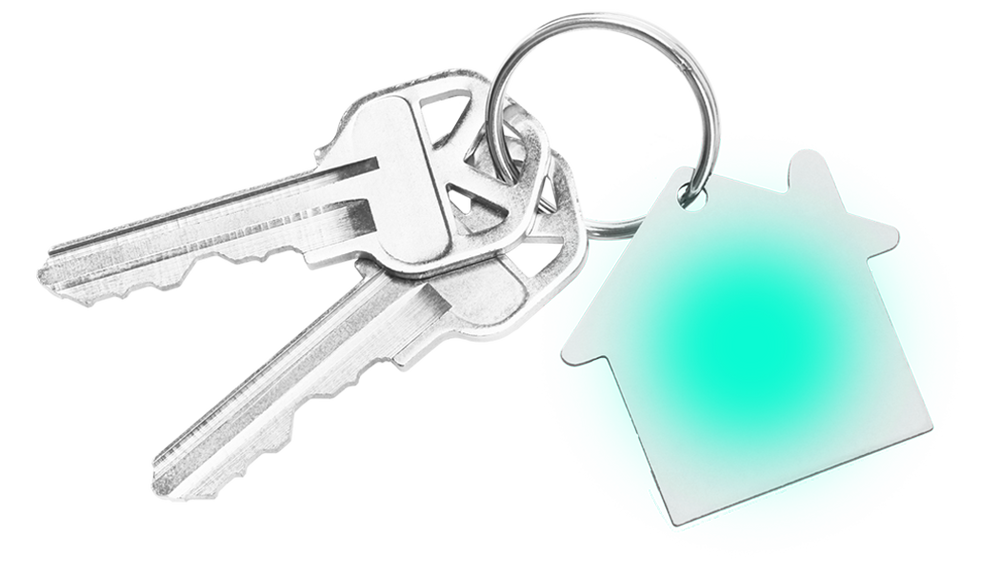The Airbnb business model is a strange one: pay to stay in someone else’s house in lieu of a hotel. The idea was born after co-founder Joe Gebbia saw “hosting” as a great way to both make his rent and address hotel scarcity during a San Francisco design conference. He and his roommate supplied the guests with airbeds, took them on tours around the city, and even made them breakfast every morning.
After the guests departed, Gebbia said his perspective on “stranger danger bias” had shifted, and he saw great opportunity for community building through shared spaces. The amount of mutual trust required for this venture to be successful, however, was extreme.
Gebbia and his partners quickly learned that the only way to get this idea off the ground was through irresistible design that addressed user concerns and created an environment of trust. He discussed just how this was accomplished in a TED Talk.
“Is it possible to design for trust?”
Potential hosts have to take photos of every inch of their home and post them online to be viewed by total strangers, and then surrender their physical home to these strangers. Potential guests are, conversely, anxious about the amount of responsibility they then have about caring for a home that isn’t theirs.
Understanding this fear, the Airbnb team built features into their site/app that actively worked to alleviate it. The ability to view/create profile bios, leave reviews, and display ratings allowed future visitors to establish some sense of context and trust in this engagement. They designed a platform that worked with the user, as opposed to dismissing their concern and limiting their customer base to only those risk takers willing to take a blind leap of faith.
“Design for just the right amount of exposure.”
However, Gebbia revealed data proved there was such a thing as too much information. Correlating the length and detail of guest request messages to the acceptance rate, it became clear that there was a “sweet spot” that resulted in enough exposure that the host could develop trust, but not so much exposure that they were overwhelmed.
As a result, Airbnb made design adjustments to their interface. Limiting the size of available text boxes, they guided response lengths thus directing the user subconsciously to a comfortable level of disclosure that resulted in higher acceptance rates. This subtle change allows both the guest and host to enjoy a curated interaction designed with their needs and overall experience in mind.
“When trust works out, it can be absolutely magical.”
Out of 123 million night’s worth of stays, only a fraction of a percent resulted in negative experiences. The numbers prove that the allure of Airbnb is drawing people away from cookie cutter hotel travel, to the tune of $31 billion as of recent valuation. Using the experience of Airbnb users, the company has managed to build a reputation as the provider of an immersive cultural experience. Not only do you get to know your host, you become a part of the community you are visiting in a much more authentic way.
In conclusion…
As Gebbia eloquently states: “The sharing economy is commerce with the promise of human connection.” The founders or Airbnb understood the risks and social norms that stood in their way, but leveraging the power of user-centric design, they created a space where the value of human connection could shine. Understand the norms or social bias that inhibit innovation, and then work through them. Imagine the kind of experience your ideal customer would enjoy, and design a path that guides them to the value of that experience.


